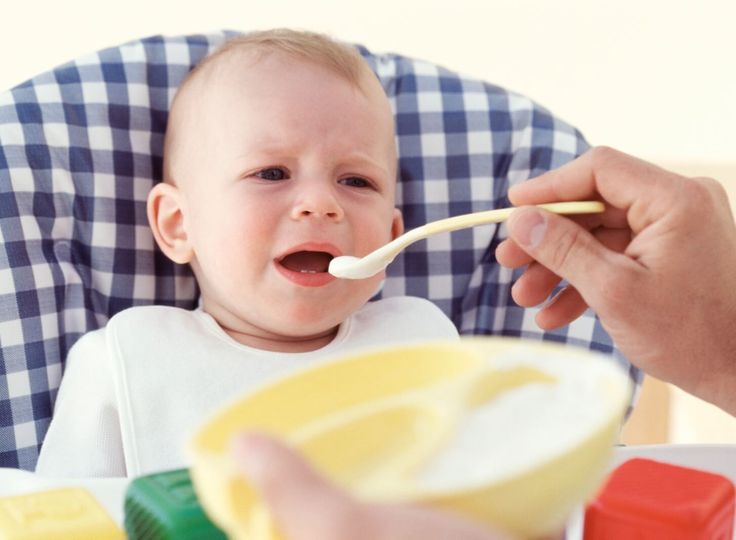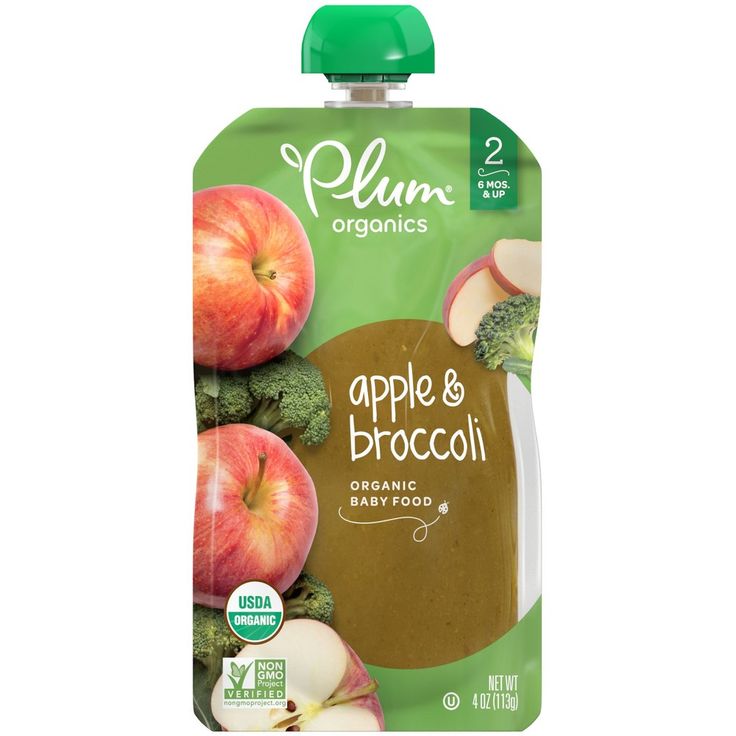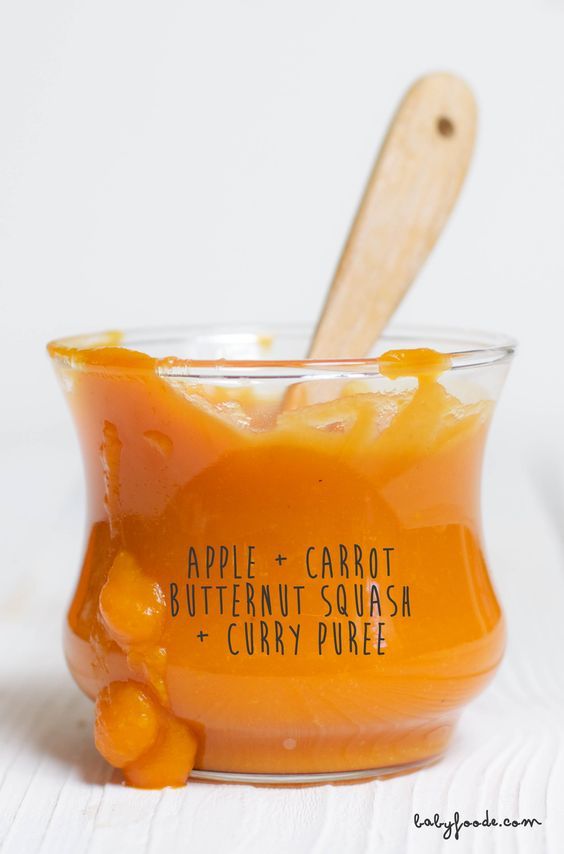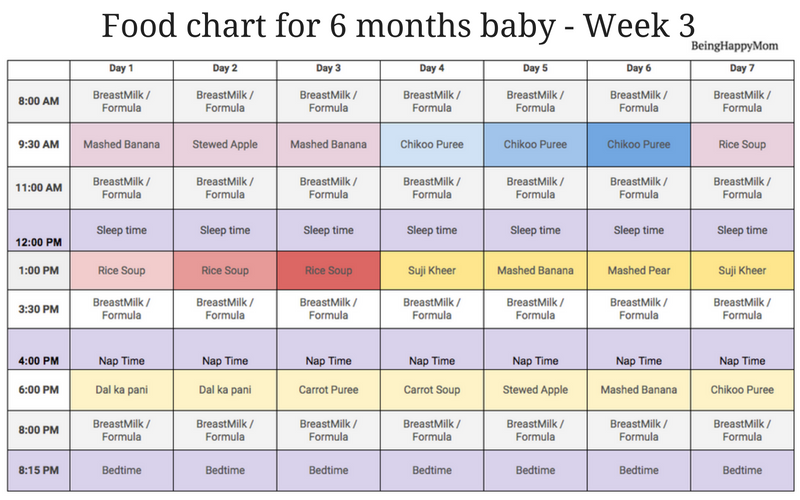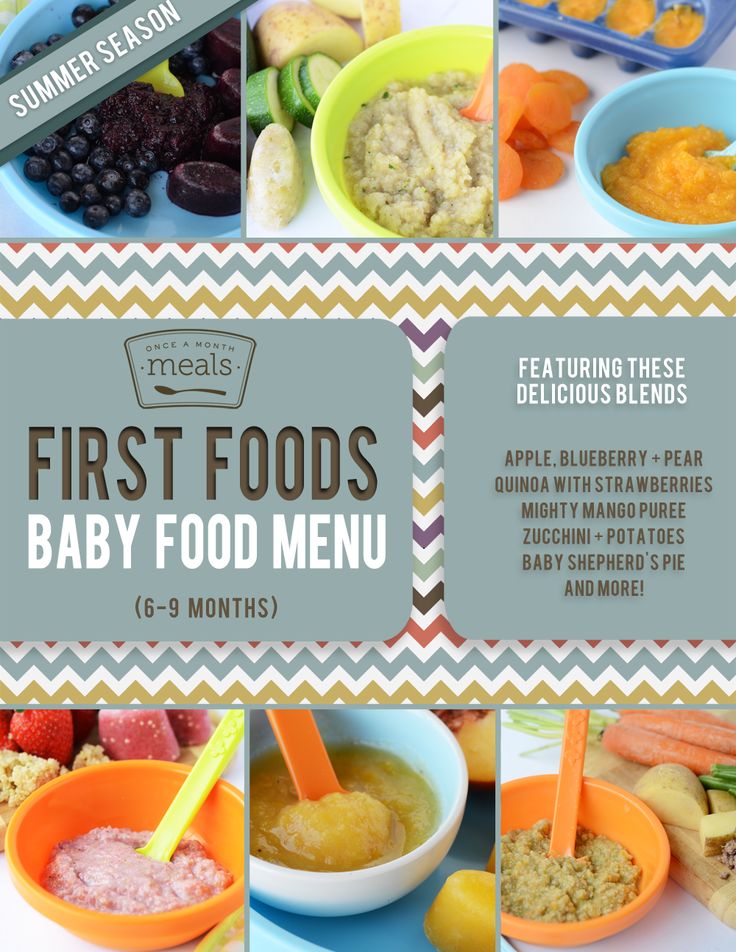Transitioning from formula to baby food
Balancing introducing solids with milk feeds
At around 6 months of age babies need to start having solid foods as well as breastmilk or formula. Find out how to get started with solid foods and what are the best foods to start with.
When to introduce solids?
At 6 months, your baby will still be getting most of their nutrition from breast milk or formula.
As you introduce solid foods, continue feeding with breastmilk or formula until at least 12 months of age.
Start to introduce solid foods at around 6 months of age when:
- your baby can sit up with support and has good head control
- your baby starts to show interest in food such as watching and reaching out when they see food
Even though some babies show these signs from an earlier age, continue to offer your baby breastmilk or formula if they appear hungry. This is usually all they need until around 6 months. It’s recommended that you don’t introduce solids before 4 months.
How to introduce solid foods into your baby’s diet
Start feeding your baby solids once a day. Your baby will take only small amounts of solid foods at first. Try one teaspoon at first of pureed vegetable, fruit, or rice cereal in between milk feeds.
From 6 to 9 months continue to give your baby breastmilk or formula first, then try solids after the milk.
From 9 months you can try to give solids first, then breastmilk or formula. This allows for your baby to naturally transition to solids by around 12 months.
At around 8 to 9 months try giving your baby solids as part of breakfast, lunch, and dinner.
Continue breastmilk or formula through the first year of life while foods are being introduced. From around 6 months you can try small amounts of cooled boiled water out of a sippy cup.
Which foods first?
From 6 months of age baby’s first foods should contain iron. Foods that have iron, include:
- iron-fortified baby cereals
- meat
- poultry
- fish
- legumes - lentils, beans, or chickpeas
Guidelines recommend that you can introduce foods in any order and at a pace that suits your baby, family, and cultural backgrounds, as long as some foods servings contain iron.
Your baby’s first foods can be smooth, mashed or have soft lumps.
Choose from the 5 food groups.
Vegetables and legumes
Give your baby cooked and pureed:
- pumpkin
- sweet potato
- carrots
- potato
- peas
- broccoli
- cauliflower
- zucchini
Over time puree them less so the texture gets lumpier.
Then introduce vegetables that are cooked but not pureed.
Fruit
Give your baby stewed and pureed:
- apples
- pears
- peaches
- apricots
- berries
Your baby might also like to try mashed ripe banana.
Gradually introduce pieces of cooked fruit, banana, peach and grated raw apple.
Avoid larger pieces of raw apple; babies can choke on them.
Grains and cereals
Give your baby fortified infant cereals (e.g. rice cereal) to start.
Move to cooked rolled oats, wholegrain breakfast biscuits (Weetbix, Vita Brits) or thick infant cereals.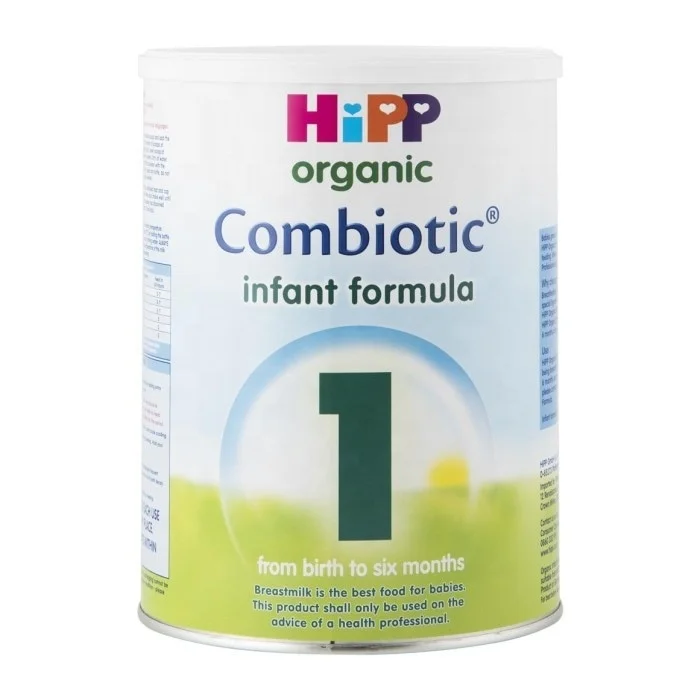
Don’t add sugar or honey or offer cereals with chocolate or added sugar.
Meat, fish, poultry, eggs, legumes, tofu
Meat, fish, poultry eggs, legumes, tofu should always be pureed when you start introducing solids.
When your baby accepts this, offer them bite size pieces of:
- chicken
- minced meat
- flaked fresh or canned fish (in spring water)
- mashed tofu
- mashed legumes
- scrambled or mashed boiled eggs
Don’t add salt. Also avoid processed meats as they have a lot of salt.
Milk, cheese, yoghurt
Formula should be used only until your baby is 12 months old. Then small amounts of milk can be added to foods like porridge. Breast feeding is recommended to continue until the age of 2 or longer.
Grated cheese is good in mashed vegetables.
Choose yoghurt without added sugar. Add fruit for extra flavour
What drinks should I be giving my baby?
After 12 months of age breastmilk, water (clean tap water or bottled water) and full fat cow’s milk should be the main drinks you offer your baby.
Keep breastfeeding for as long as you and your baby like.
Switch from formula to full fat ordinary cow’s milk after 12 months. Your child doesn’t need toddler milk products. Offer your baby a cup to drink from rather than a bottle. Your one-year-old should be exclusively drinking from a toddler cup.
From about 12 months, you can try rice milk and oat milk (fortified with at least 100mg calcium/100mL) if you want. But these drinks don’t have enough protein and vitamin B12. Your baby will need to have plenty of meat, poultry, fish, eggs, yoghurt, or cheese to make up for what they’re not getting from cow’s milk.
How much should I feed my baby?
Your baby will grow at different rates at different times. Their appetite can vary, even from day to day.
Babies don’t know what to eat but they know how much. Provide wholesome, healthy unprocessed food choices. Take your cue from your baby. Babies tend to turn away or lose interest when they’ve had enough to eat.
Finger foods and self-feeding
By 9 to 12 months, most babies like finger foods. Finger foods are foods they can hold themselves.
Some also like to hold their own spoon at that age. It will be messy! But learning to feed themselves is important.
By 12 months, your baby can eat the same healthy food you serve your family.
Foods to limit or avoid when introducing solids
There are some foods and drinks you should limit or avoid:
- coffee and tea, herbal drinks are not recommended
- fruit juice
- honey until 12 months (to prevent botulism)
- processed foods
- raw or runny eggs (bacteria in raw eggs can be harmful to babies)
- sugar sweetened drinks
- unpasteurised milks
Low-fat milks are not recommended in the first 2 years of life. Goat’s milk, sheep’s milk, soy milk, coconut milk and almond milk should also be avoided before the age of 2 unless your doctor recommends them.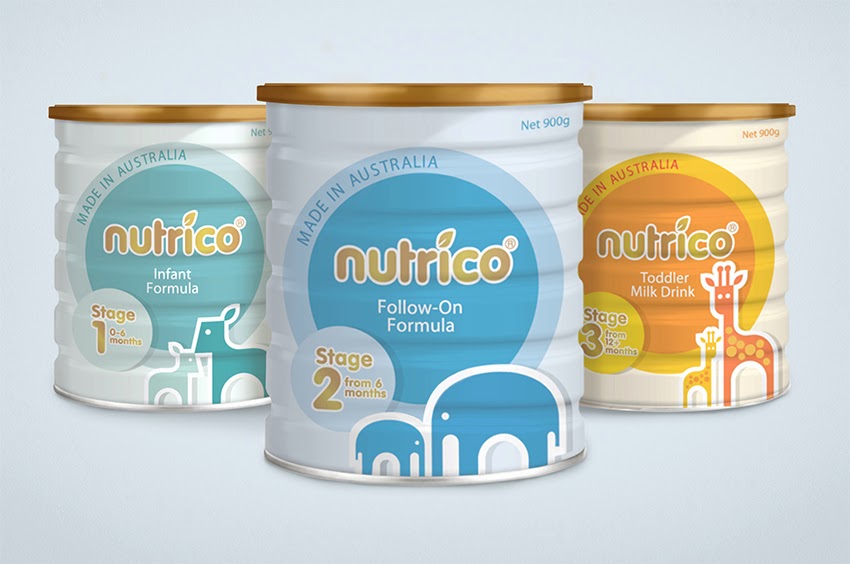
Avoid small hard foods such as whole nuts and uncooked vegetables until 3 years. These can be choking hazards.
If your family doesn’t use animal products, your baby may need a vitamin B12 supplement. Discuss this with your doctor.
Seek help from your health care professional if you are worried about your baby’s eating or development.
Fruit — give your baby stewed and pureed apples, pears, peaches, apricots and berries, or mashed ripe banana. Gradually introduce pieces of cooked fruit, banana, peach and grated raw apple. Avoid larger pieces of raw apple; babies can choke on them.
Grains and cereals — give your baby fortified infant cereals (e.g. rice cereal) to start. Move to cooked rolled oats, wholegrain breakfast biscuits (Weetbix, Vita Brits) or thick infant cereals. Don’t add sugar or honey and don’t use cereals with chocolate or added sugar.
Meat, fish, poultry, eggs, legumes, tofu — make them pureed at the start.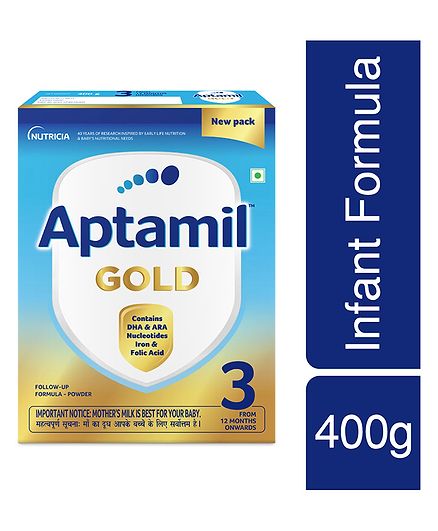 When your baby accepts this, offer them pieces of chicken, minced meat, flaked fresh or canned fish (in spring water), mashed tofu, mashed legumes, scrambled or mashed boiled eggs. Don’t add salt and avoid processed meats as they also have a lot of salts.
When your baby accepts this, offer them pieces of chicken, minced meat, flaked fresh or canned fish (in spring water), mashed tofu, mashed legumes, scrambled or mashed boiled eggs. Don’t add salt and avoid processed meats as they also have a lot of salts.
Milk, cheese, yoghurt — breast milk or formula should be used for up to 12 months, then small amounts of milk can be added to foods like porridge. Grated cheese is good in mashed vegetables. Choose yoghurt without added sugar. Add fruit for extra flavour.
How much?
Babies grow at different rates at different times. Their appetite can vary even from day to day.
Babies don’t know what to eat but they know how much. Take your cue from your baby. Healthy babies turn away or lose interest when they’ve had enough.
Finger foods and self-feeding
By 9 to 12 months, most babies like finger foods.
Some also like their own spoon at that age. It will be messy, but learning to feed themselves is important.
By 12 months, serve the same healthy food you serve your family, but without hot spices.
Encourage infants to feed themselves.
If you have stopped breastfeeding, switch to ordinary cow’s milk after 12 months. Use a cup rather than a bottle. Limit the amount of cow’s milk to around 500ml per day. Under health professional supervision, you can use full fat rice milk or oat milk with at least 100mg calcium per 100mL if you want, as long as other sources of protein are included (meat, chicken, fish, eggs, legumes or nut butters).
Your child doesn’t need toddler milk products.
If your family doesn’t use animal products, your baby may need a vitamin B12 supplement. Discuss this with your doctor.
Learn more here about the development and quality assurance of healthdirect content.
Page not found | Pregnancy Birth and Baby
Page not found | Pregnancy Birth and Baby beginning of contentHere are some suggestions:
- check your spelling if you searched for a term or phrase
- browse our sections on pregnancy, birth, baby, child or parenting
- try our A-Z Topics
- read the latest blogs
In the meantime, we will continue to update and add content to Pregnancy, Birth and Baby to meet your information needs!
Need further advice or guidance from our maternal child health nurses?
1800 882 436
Video call
- Contact us
- About us
- A-Z topics
- Symptom Checker
- Service Finder
- Linking to us
- Information partners
- Terms of use
- Privacy
Pregnancy, Birth and Baby is funded by the Australian Government and operated by Healthdirect Australia.
Pregnancy, Birth and Baby is provided on behalf of the Department of Health
Pregnancy, Birth and Baby’s information and advice are developed and managed within a rigorous clinical governance framework. This website is certified by the Health On The Net (HON) foundation, the standard for trustworthy health information.
This site is protected by reCAPTCHA and the Google Privacy Policy and Terms of Service apply.
This information is for your general information and use only and is not intended to be used as medical advice and should not be used to diagnose, treat, cure or prevent any medical condition, nor should it be used for therapeutic purposes.
The information is not a substitute for independent professional advice and should not be used as an alternative to professional health care. If you have a particular medical problem, please consult a healthcare professional.
Except as permitted under the Copyright Act 1968, this publication or any part of it may not be reproduced, altered, adapted, stored and/or distributed in any form or by any means without the prior written permission of Healthdirect Australia.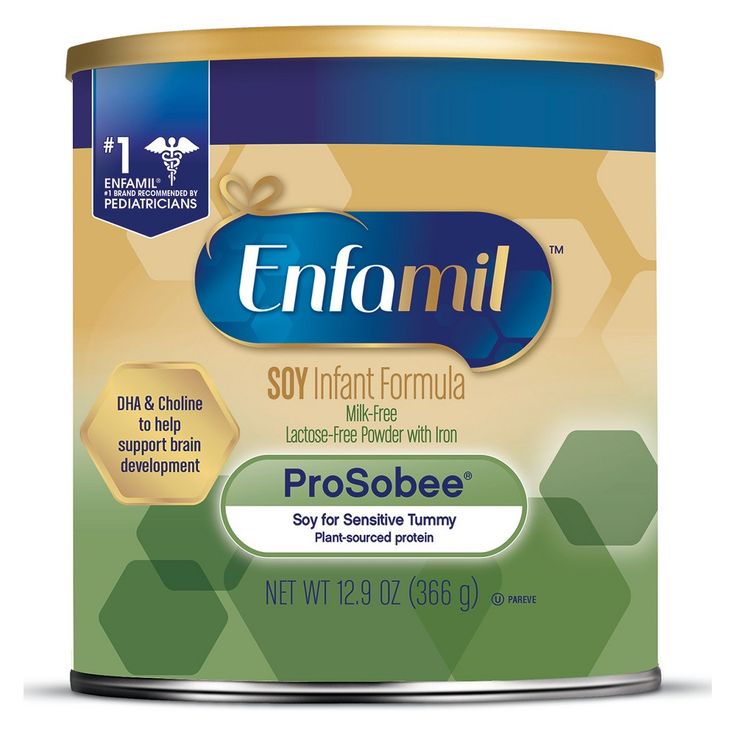
Support this browser is being discontinued for Pregnancy, Birth and Baby
Support for this browser is being discontinued for this site
- Internet Explorer 11 and lower
We currently support Microsoft Edge, Chrome, Firefox and Safari. For more information, please visit the links below:
- Chrome by Google
- Firefox by Mozilla
- Microsoft Edge
- Safari by Apple
You are welcome to continue browsing this site with this browser. Some features, tools or interaction may not work correctly.
How to introduce new formula to a baby | Changing from one mixture to another: scheme
09/06/2017 Rassadina Zinaida Vladimirovna
Articles
How do I switch my baby to another formula?
The diet and diet of a formula-fed baby require special attention and constancy.
The diet and diet of a formula-fed baby require special attention and constancy. However, quite often there are situations when transferring a child to another mixture becomes a necessity. In this article, we will tell you how to make the transition to a new diet comfortable and safe for your crumbs.
Why shouldn't the mixture be changed frequently?
The reasons for the transfer of an artificial child from one mixture to another must be strictly argued. Usually, the pediatrician gives recommendations on changing the diet if the child's health condition requires it. Frequent and unreasonable transitions to a new mixture is a real stress for the child's body, such jumps can provoke digestive problems in the baby.
Reasons for switching a baby to new formula
Situations that require replacement of infant formula with another one may be the following:
- symptoms of allergy to the first mixture;
- the need to introduce a therapeutic mixture, in connection with the detection of any disease in a child;
- the need to replace the therapeutic mixture with an adapted one in the event that the baby has eliminated the disease or condition in which it was prescribed;
- milk protein intolerance or lactase deficiency;
- refusal of the child from the usual mixture, insufficient weight gain;
- the need to transition to a new stage of nutrition in connection with reaching a certain age (6, 12 months).
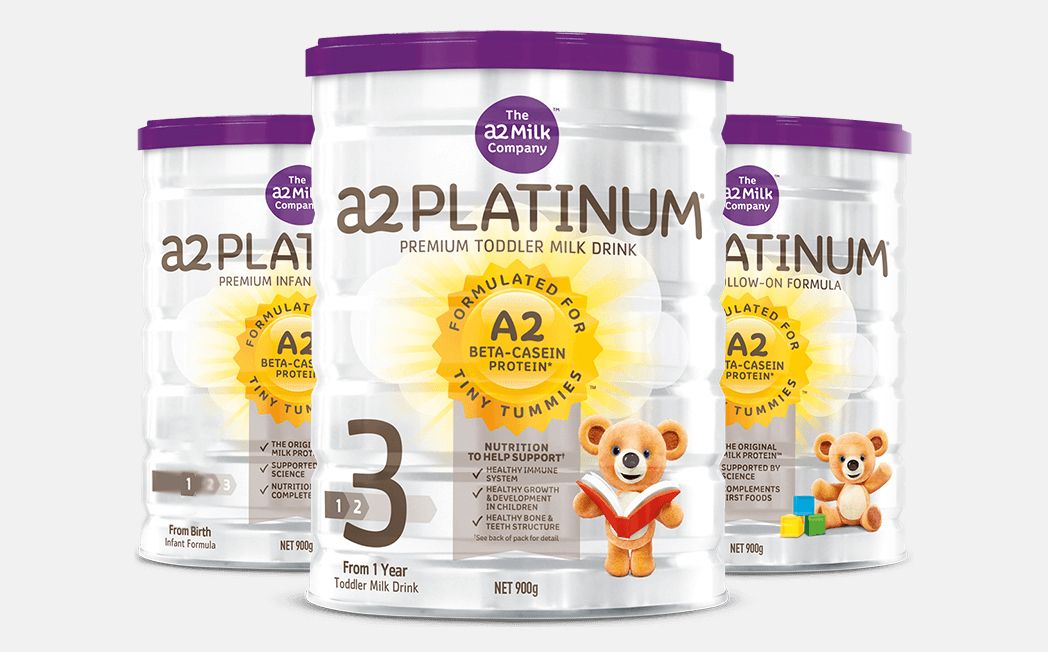
Switching to a new diet: how long does it take?
Transferring a baby from one mixture to another takes up to two weeks. During this time, the following changes are possible in the child's condition:
- change in stool - such a reaction is considered temporary and is not a reason for refusing to transfer;
- change in the child's appetite;
- changes in the mood of the crumbs.
In order to make sure that the new food suits your child, at least a month should pass. Carefully monitor the baby's reaction: appetite, activity, sleep, digestion, skin condition. If, after feeding with a new mixture, the child becomes restless, sleep worsens, rashes or other allergic reactions appear on the skin, immediately consult a pediatrician for advice.
What is the total daily amount of formula and the amount of one serving for a IV baby?
The first thing they are guided by when determining the sufficiency and quality of nutrition of an artificial baby is the monthly indicators of increased growth and weight gain.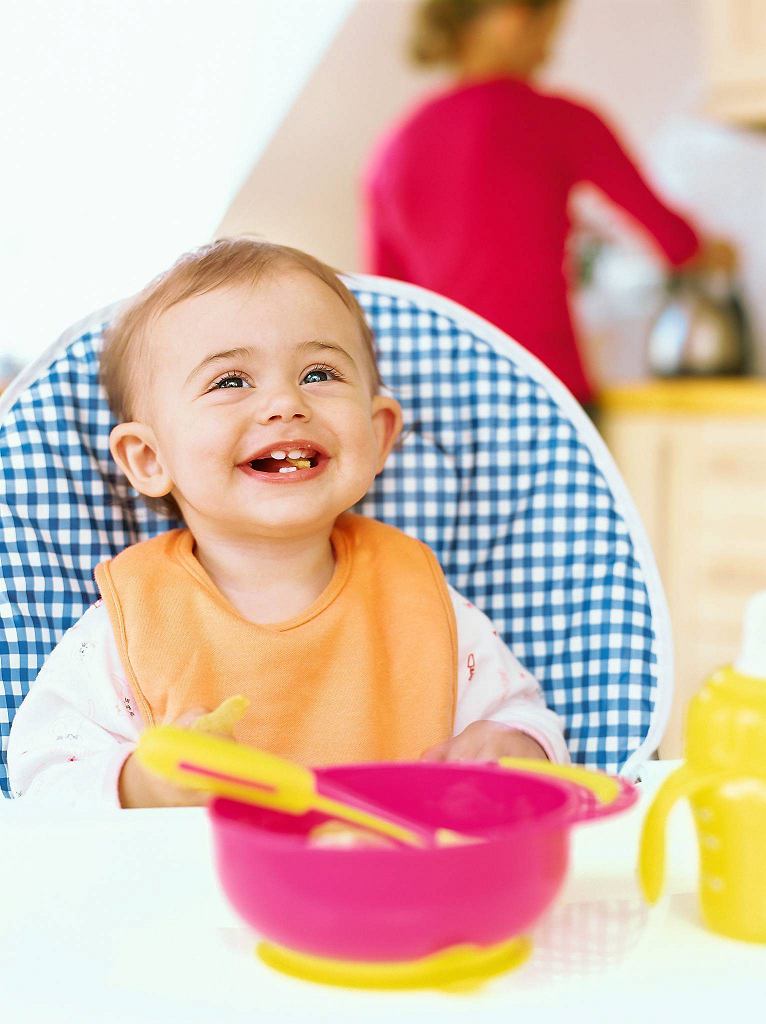 According to current standards, for the first 2 months of life, a child should consume a volume equal to 1/5 of his weight per day.
According to current standards, for the first 2 months of life, a child should consume a volume equal to 1/5 of his weight per day.
Example: baby weight 3 kg - 600 ml (3000/5=600) - the total amount of formula per day.
The norm of formula for children of the first year of life:
- from 2 to 4 months is 1/6 of body weight,
- 4 to 6 - 1/7,
- after 6 months -1/8-1/9.
The size of 1 serving is determined according to the following principle: divide the total amount of food by the frequency of feeding. It is possible that in one of the feedings the child refuses to eat up the prescribed norm, and the next time he drinks a little more than usual. Such deviations in one direction or another are quite acceptable.
Healthy transition rules
Experts recommend a phased transition to a new diet within one week, the frequency of feeding is 7 times:
1 day: at the first feeding - only the old mixture, the second feeding - a new one, the rest of the feedings - the old mixture.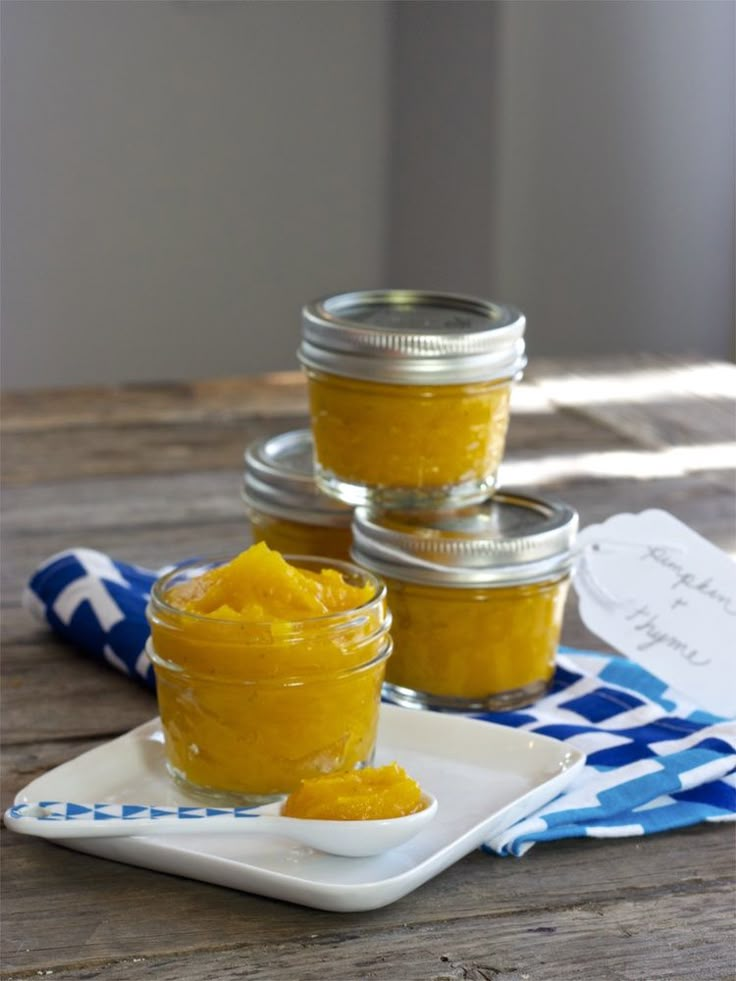 Monitor the child's condition, there should be no anxiety and sleep disturbances;
Monitor the child's condition, there should be no anxiety and sleep disturbances;
Day 2: new formula - second and fourth feedings;
Day 3: new formula - second, fourth and sixth feedings;
Day 4: new formula - first, second, fourth and sixth feedings;
Day 5: new formula - first, second, third, fourth and sixth feedings;
Day 6: new formula - every feeding except the fifth;
Day 7: every feeding - new formula.
Such a smooth transition will help the child's body easily adapt to a new diet, which will prevent digestive problems or other negative consequences for the baby's health.
Author: Rassadina Zinaida Vladimirovna Pediatrician, experience - 14 years
How do I switch my baby to another formula?
02/15/2022 Reading time: 6 min 41620
Contents of the article
- How to transfer a child from breastfeeding to formula?
- Mix conversion scheme
- Errors when transferring to a new mixture
- When it is undesirable to change the mixture
You can not just take and feed the child with a different mixture - not the same as he usually ate.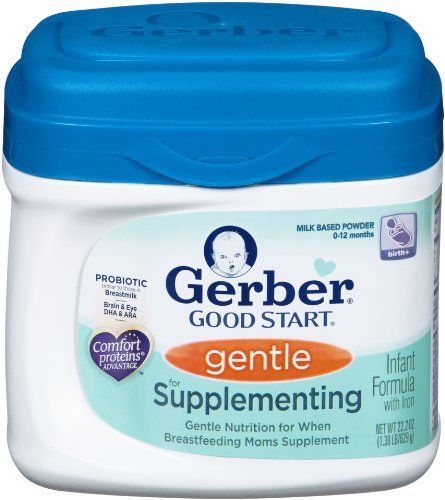 Such an act can have unpleasant consequences: digestive disorders, skin rashes, anxiety of the baby. There are rules that must be observed when switching to a new diet. You can break them only as a last resort: when the child simply has no other food and when the previous mixture caused an allergic reaction. We will talk about standard situations when, for some reason, a mother needs to change her child's diet.
Such an act can have unpleasant consequences: digestive disorders, skin rashes, anxiety of the baby. There are rules that must be observed when switching to a new diet. You can break them only as a last resort: when the child simply has no other food and when the previous mixture caused an allergic reaction. We will talk about standard situations when, for some reason, a mother needs to change her child's diet.
How do I switch my baby from breastfeeding to formula?
The transition from breastfeeding to formula can be partial—that is, formula will only supplement breast milk—this method of feeding is called mixed feeding—or it can be complete, where breastfeeding is replaced with formula.
Immediately in full to give the child a mixture instead of breast milk is permissible only when there is no breast milk and will not be. Problems with the tummy in such a situation fade into the background: the child needs to be saved from starvation. In other cases, new food should be introduced gradually, starting with small doses.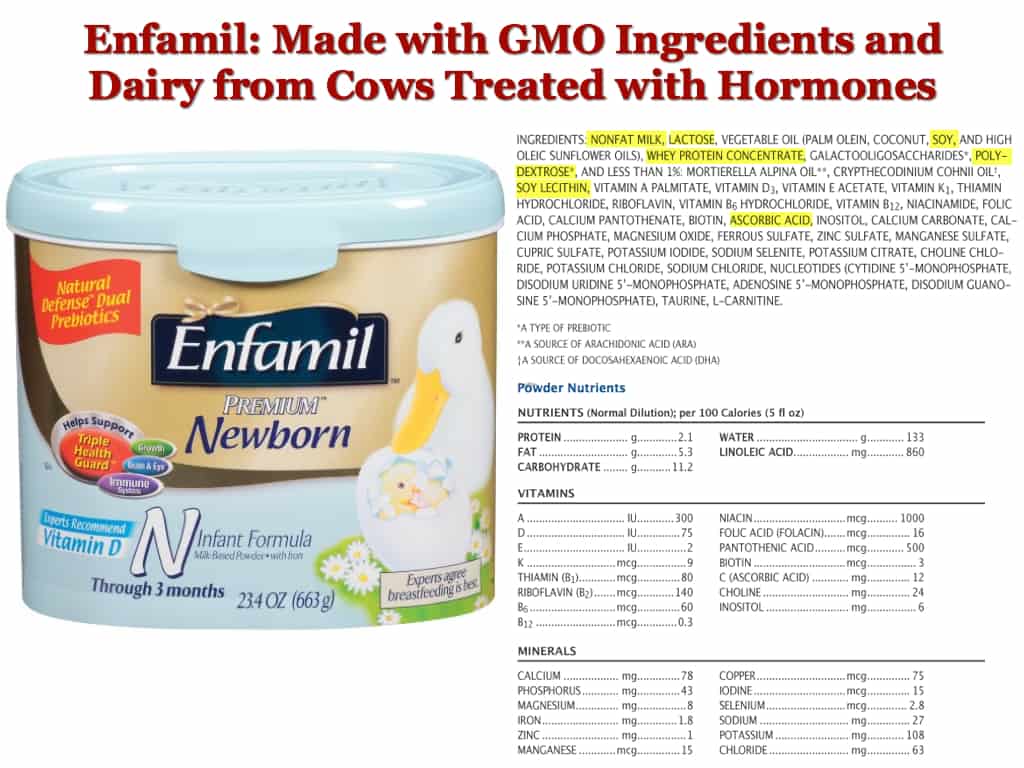
Only a doctor can recommend introducing mixed feeding if he establishes that the child is lagging behind in physical development, that is, he is growing poorly and gaining weight, precisely because of the lack of breast milk. The mere suspicions of a mother or grandmother that the baby is not full is not enough. No need to supplement breastfeeding with formula "just in case", in the hope that the baby will sleep better and become calmer. Hunger is not the only and far from the most common cause of children's crying.
If the lack of breast milk is proven, then the pediatrician will recommend which formula is suitable for your child, and calculate the daily amount of supplementary feeding: infant formula, which the baby will receive in addition to breast milk. At each feeding, the woman must first attach the baby to both breasts, and only then give the mixture. If there is hope to restore the GW to the fullest, it is worth supplementing with a mixture from a spoon.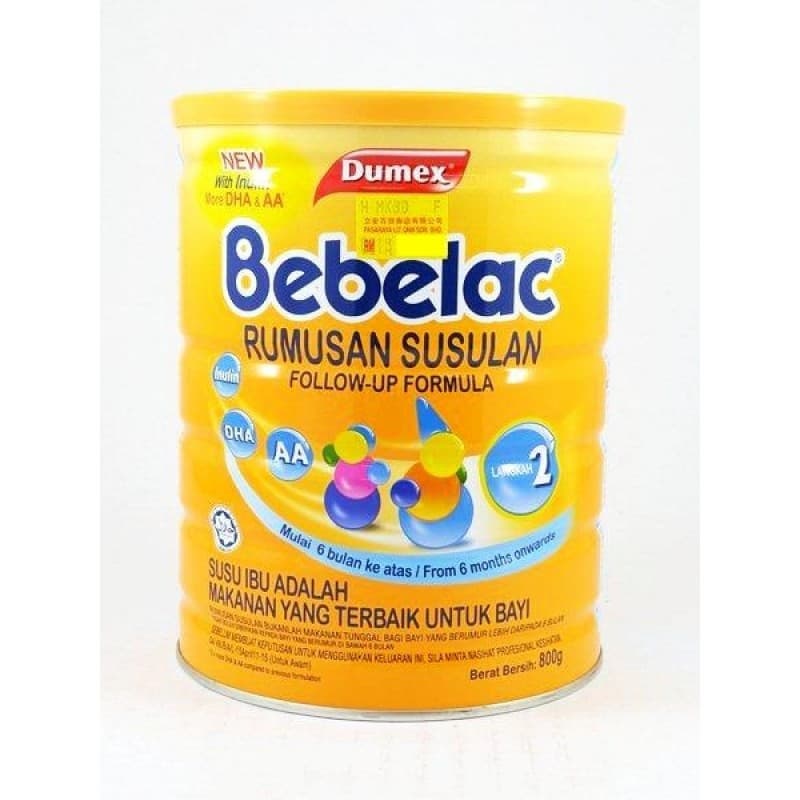 But if the amount of additional food is large enough, you will have to give a bottle. At the same time, the nipple on it should be with small holes so that an easier way of feeding does not completely turn the baby away from the breast.
But if the amount of additional food is large enough, you will have to give a bottle. At the same time, the nipple on it should be with small holes so that an easier way of feeding does not completely turn the baby away from the breast.
This is important!
How many times a day to feed the baby with a mixture and how to calculate the one-time amount of supplementary feeding - the doctor should also advise. It is possible that the feeding regimen will have to be established empirically: in one feeding, the baby will eat breast milk, in another, additional feeding will be required.
Now let's figure out how to properly transfer the baby to the mixture completely. You need to start the transition all the same with a consultation with a pediatrician. He will recommend the type of mixture, based on the age and health of the child, tell you what the daily and one-time volume of the mixture will be, taking into account the age and weight of the baby.
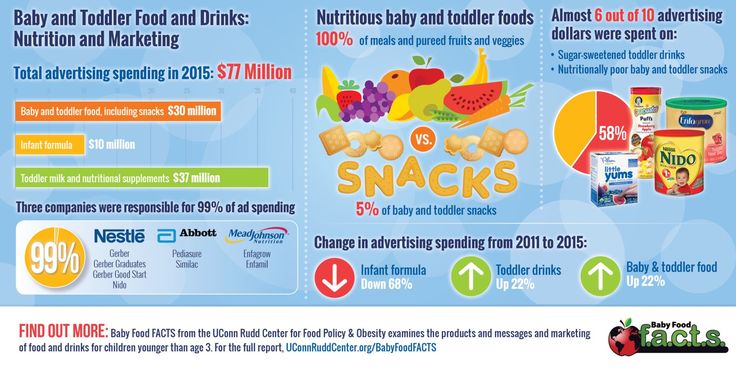
For example, Nutrilak Premium 2 formula is formulated for healthy babies from 6 months.
Whatever mixture the doctor prescribes, the transition to it should be smooth - within one and a half to two weeks. And the younger the child, the longer this interval should be. For example, if a mother plans to go to the hospital for a planned operation and knows that she will have to take medications that are incompatible with breastfeeding, she can start introducing formula in 2-3 weeks: first switch to mixed feeding, then completely replace part of the feedings with formula, and only then already give up GW.
If, when transferring to mixed feeding, it is recommended to use a bottle with caution, then with a full transfer to a mixture, on the contrary, it is possible to express breast milk first, and then feed the baby from a bottle. This makes it easier for him to adapt to the new way of eating.
Please note that with the full transition to artificial feeding, the feeding schedule will change.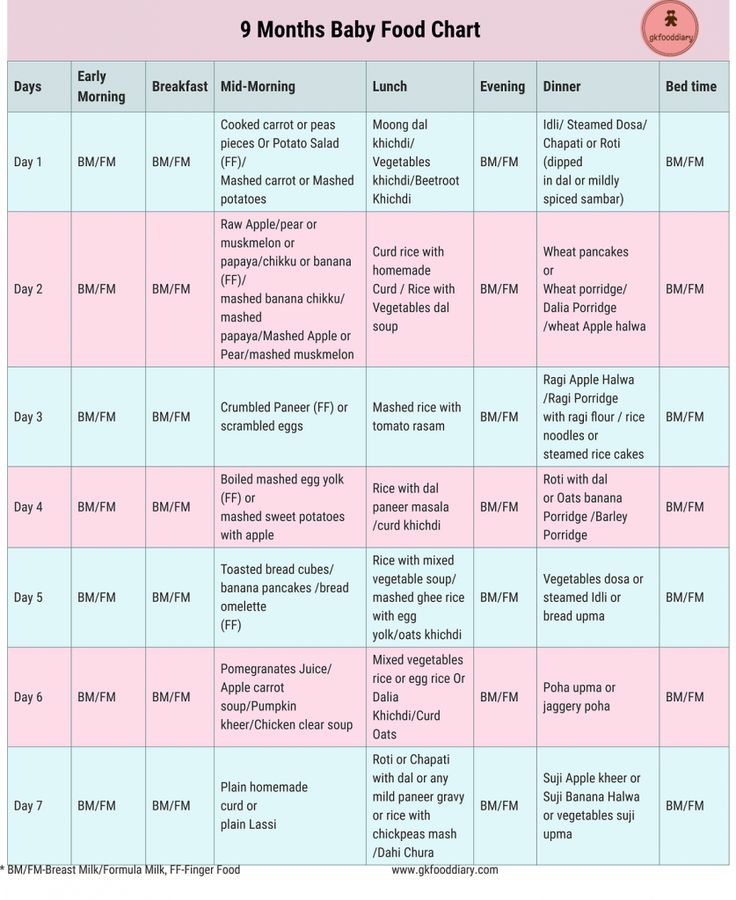 The mixture is fed with an interval of 3-3.5 hours and a break for a night's sleep of about 6 hours, since the small body takes more time to digest it, compared to breast milk.
The mixture is fed with an interval of 3-3.5 hours and a break for a night's sleep of about 6 hours, since the small body takes more time to digest it, compared to breast milk.
Mix conversion scheme
If it became necessary to change the mixture - when the baby moved to a different age level or he needed specialized nutrition - this should also be done gradually.
There are different schemes for transferring a child to another mixture, but all have a general recommendation: they begin to introduce a new mixture from a small volume - 10 ml, or 2 teaspoons - in the morning. This is necessary to track possible unwanted reactions of the baby's body to a new product.
Further, the volume of the new mixture and the number of feedings with it are increased, for example, in this way:
Example of a smooth transition to a new mixture
- on the second day, add 10 ml of a new mixture in 3 feedings,
- for the third - 20 ml in 3 feedings,
- for the fourth - 50 ml in 5 feedings,
- for the fifth - 100 ml in 4 feedings,
- for the sixth - 150 ml in 5 feedings and for the seventh - 180 ml in 5-6 feedings.
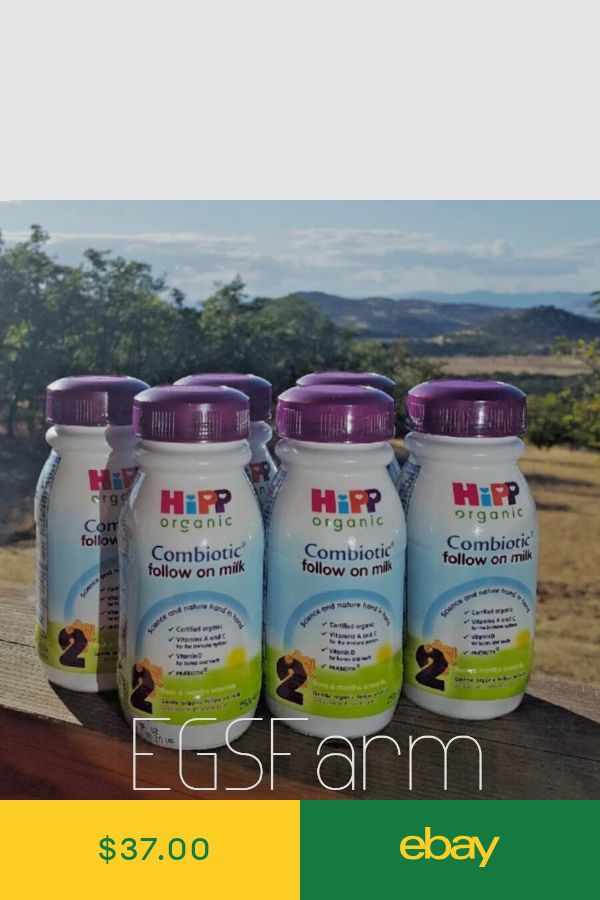
For convenience, you can print or draw such a table for yourself and note in it how the baby reacts to the new mixture. If difficulties arise, it will be easier for you to track after what volume of new nutrition they began, and also to clearly explain the problem to the doctor.
| Day | one | 2 | 3 | four | 5 | 6 | 7 |
|---|---|---|---|---|---|---|---|
| Mix volume (ml) | ten | ten | twenty | fifty | 100 | 150 | 180 |
| Number of feedings with new formula | one | 3 | 3 | 5 | four | 4-5 | 5-6 |
| Baby's reaction to formula | |
The old and new mixtures are always bred in different bottles.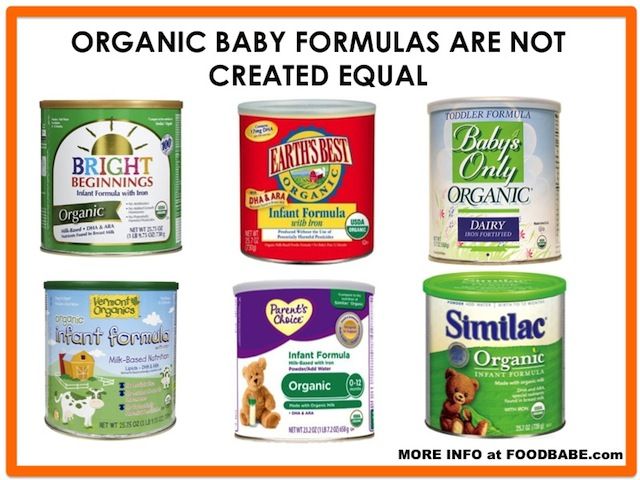 Regarding the mixing of the old and new mixture after breeding, when feeding, pediatricians disagree. Some believe that it is impossible to mix food, a new mixture should be given in a separate bottle before feeding the old one. Others allow both mixtures to be mixed in the same bottle after dilution, but only if they are mixtures from the same manufacturer of the standard line. It is also possible, after dilution, to mix standard and anti-reflux mixtures from the same manufacturer in one bottle. With other specialized mixtures, it is better not to risk it.
Regarding the mixing of the old and new mixture after breeding, when feeding, pediatricians disagree. Some believe that it is impossible to mix food, a new mixture should be given in a separate bottle before feeding the old one. Others allow both mixtures to be mixed in the same bottle after dilution, but only if they are mixtures from the same manufacturer of the standard line. It is also possible, after dilution, to mix standard and anti-reflux mixtures from the same manufacturer in one bottle. With other specialized mixtures, it is better not to risk it.
This is important!
It is strictly forbidden to mix standard mixtures with mixtures based on hydrolysates in one bottle, for example, comfort class, hypoallergenic, amino acid and other therapeutic mixtures.
Errors when converting to a new mixture
- Abrupt changeover to a new mixture. Even if the new food is perfect for your baby, without preparation, the body can fail.
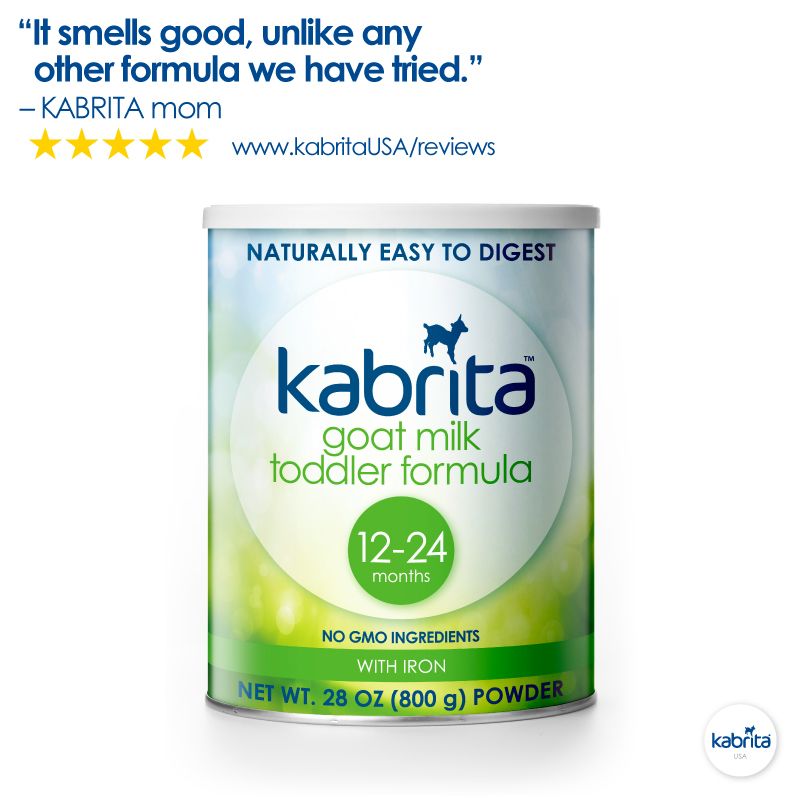 Gradual introduction will allow the child's digestion to adapt to other foods and perceive it without problems in the future.
Gradual introduction will allow the child's digestion to adapt to other foods and perceive it without problems in the future. - Unreasonable change to another mixture. If we frequently change formula for non-health reasons—for example, more expensive, cheaper, more popular—the baby’s digestion is constantly working under stress. There is no guarantee that the new mixture will be perceived by the child as well as the old one. Instead of the expected benefits from a new product, you can get new problems.
- Transfer to the mixture of the next age step from another manufacturer. Formulas of mixtures of the same line for different ages are made taking into account the growing need of the child for nutrients, so their composition will differ. However, the components in the mixtures of one manufacturer will still differ much less than in products of different brands, which means that it will be easier for the baby to switch to a new mixture.
- Discard the new formula immediately if the child develops mild digestive problems.
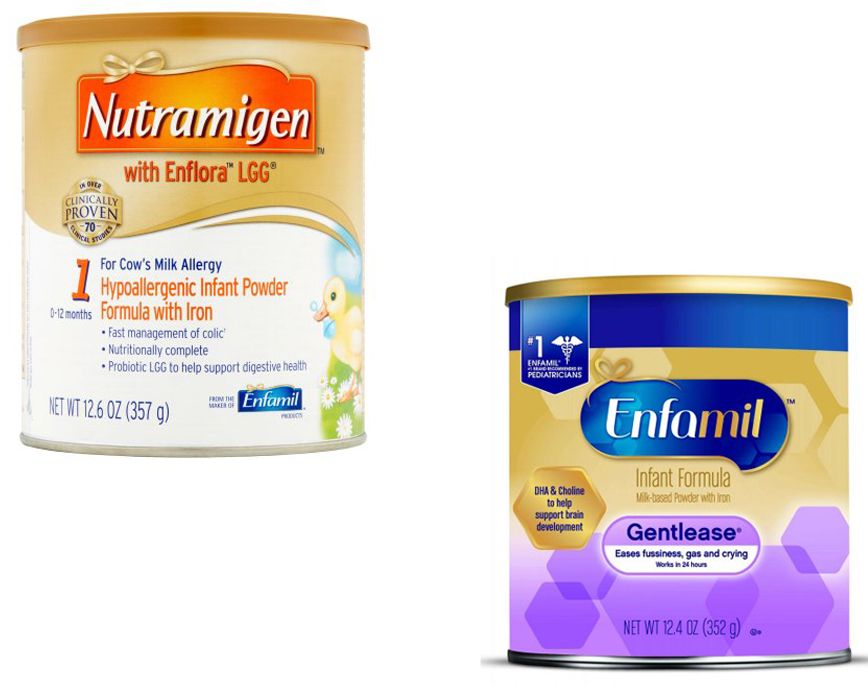 During adaptation, the baby may experience temporary disorders, for example, colic intensifies, constipation or diarrhea appears. This must be reported to the doctor. However, there is no need to rush to cancel the new mixture. If these manifestations do not seriously affect the general condition of the baby, it is worth observing whether the symptoms disappear after two to three days. During this period, you should not increase the volume of the mixture, perhaps the portion was too large, and the immature digestion of the baby was not ready for it.
During adaptation, the baby may experience temporary disorders, for example, colic intensifies, constipation or diarrhea appears. This must be reported to the doctor. However, there is no need to rush to cancel the new mixture. If these manifestations do not seriously affect the general condition of the baby, it is worth observing whether the symptoms disappear after two to three days. During this period, you should not increase the volume of the mixture, perhaps the portion was too large, and the immature digestion of the baby was not ready for it.
When you don't want to change the mixture
To introduce a new mixture to a child, you need to choose a time when the baby is completely healthy and calm. Any stressful situation can prevent a small body from successfully mastering a new diet. Such stresses for a child are:
- Disease. The body needs strength to fight viruses or bacteria, not get used to new foods.
- Journey. In an unusual environment, the baby can be confused, excited, capricious.
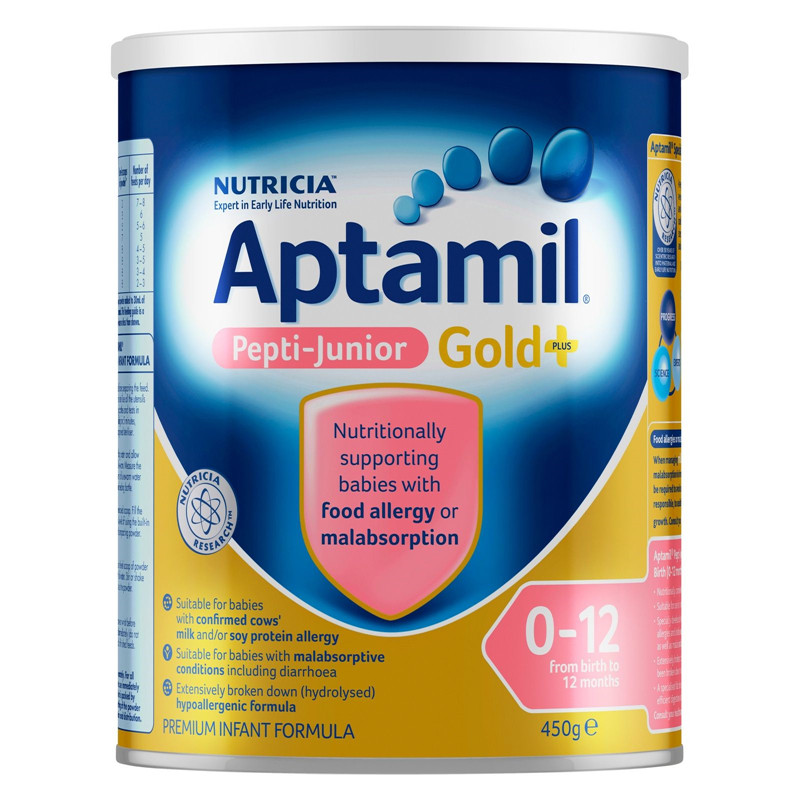 A change in diet in such circumstances will only increase stress.
A change in diet in such circumstances will only increase stress. - Teething. During this period, the body is weakened and vulnerable, so the risk that a new diet will cause undesirable consequences also increases.
- Before and after preventive vaccinations. Again, the body will use its main forces to develop immunity, and they may not be enough to digest a new mixture.
We draw conclusions:
- It is necessary to gradually transfer a child from breastfeeding to formula, regardless of whether it is a complete transition or supplementary feeding.
- It also takes longer to switch to another mixture, the smaller the baby. When changing the mixture, a pediatrician's consultation is required.
- You cannot switch to a new mixture at once. No need to change the mixture unnecessarily, as well as panic at the first mild indigestion. When moving to a mixture of the next age level, choose a product from the same manufacturer as before.



